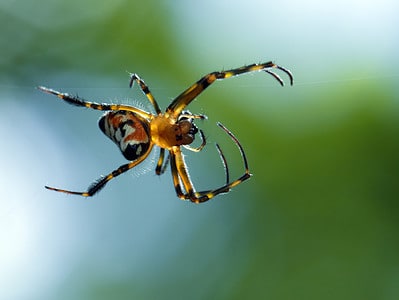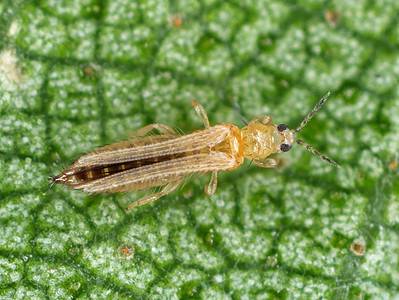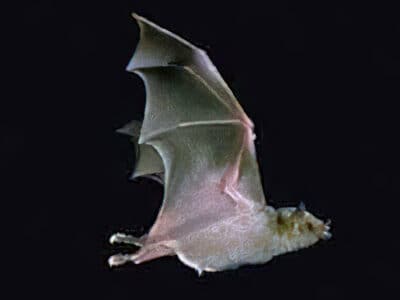Woolly Rhinoceros
†Coelodonta antiquitatis
The woolly rhinoceros roamed the earth between three and a half million and 14,000 years ago.
Advertisement
Woolly Rhinoceros Scientific Classification
- Kingdom
- Animalia
- Phylum
- Chordata
- Class
- Mammalia
- Order
- Perissodactyla
- Family
- Rhinocerotidae
- Genus
- †Coelodonta
- Scientific Name
- †Coelodonta antiquitatis
Read our Complete Guide to Classification of Animals.
Woolly Rhinoceros Conservation Status
Woolly Rhinoceros Facts
- Fun Fact
- The woolly rhinoceros roamed the earth between three and a half million and 14,000 years ago.
- Most Distinctive Feature
- Thick, reddish brown fur, two large keratin horns
- Diet
- Herbivore
View all of the Woolly Rhinoceros images!
When the Ice Age melted, its thick wooly coat was no longer needed and its ecosystem changed; thus, the Wooly Rhinoceros became extinct.
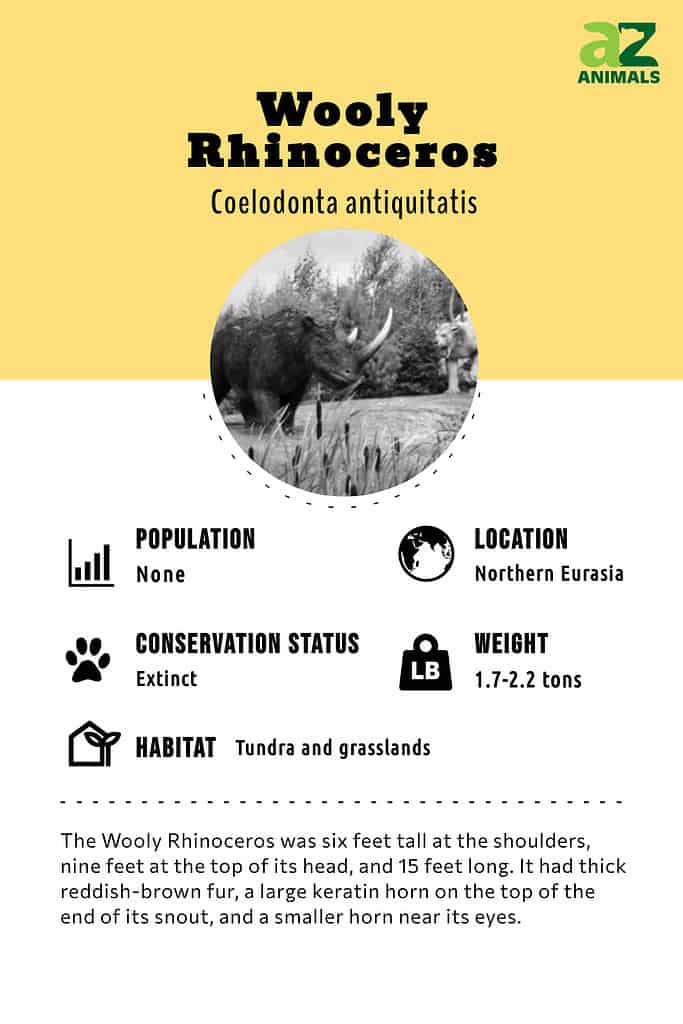
Classification and Evolution
The Woolly Rhinoceros was a member of the Order Perissodactyla and the Family Rhinocerotidae and the Subfamily Rhinocerotinae from which it evolved. Ancestors from this Subfamily diverged during the Pliocene era. Its closest living relative from that line is the Sumatran rhinoceros.
Its genus and species scientific name is Coelodonta antiquitatis. The first word meaning “hollow tooth” because of the difference of its molar teeth from those in the rhinoceros genus, thus putting it into a different genus of its own. The second word means “of antiquity.” There were two subspecies: C. a. praecursor (from the middle Pleistocene) and C. a. antiquitatis (from the late Pleistocene).
Description
The woolly rhinoceros had short, stocky legs, but it stood about six feet tall at the shoulders. Its body was covered in a thick reddish-brown fur. It was about 15 feet long from the tip of its snout to the base of its tail. This rhino’s most distinctive features were the large keratin horn on the top of the end of its snout, which was about 3 feet tall, and the secondary smaller horn near its eyes. These ancient creatures weighed about 1.7-2.2 tons, or 3400-4400 pounds, but they might have weighed even more.
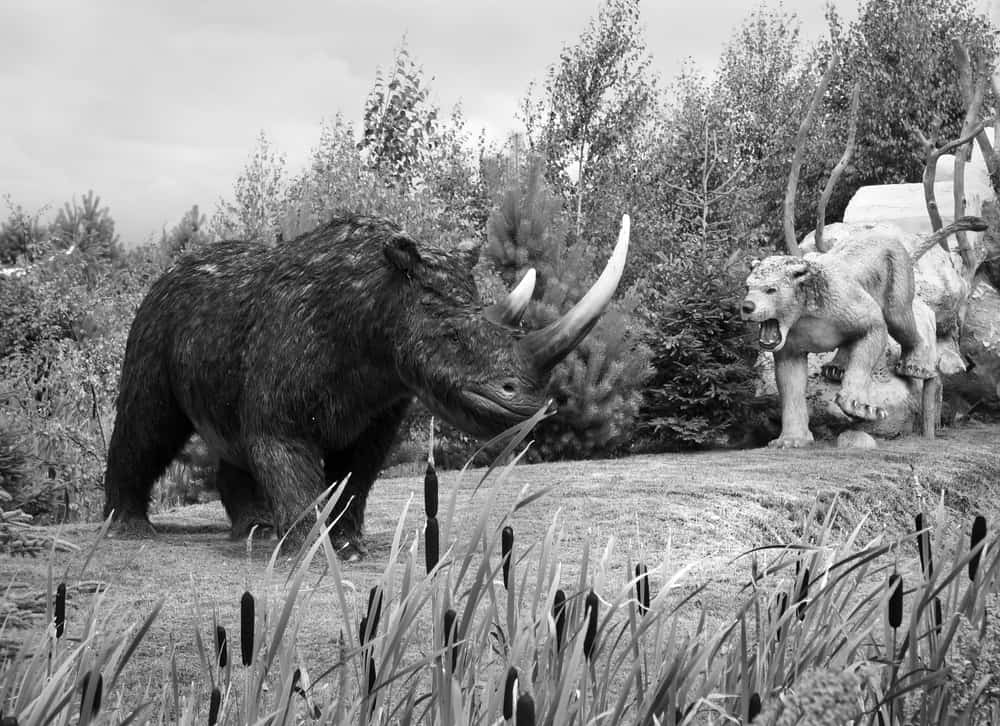
Model of an ancient Wooly Rhinoceros, a herbivore with an amazing pair of horns.
©troyka/Shutterstock.com
Diet
The woolly rhinoceros was a herbivore. Only the toughest grass could survive in the tundra and frigid grasslands where these equally tough animals roamed, so the woolly rhino had strong, massive teeth and a well-developed jaw, which were perfectly suited to the steppe grasses that made up nearly the entirety of their diet. Scientists believe that in addition to grasses and sedge, the woolly rhinoceros probably ate foods such as artemisia, mosses, shrub sprouts, lichen, and other herbaceous plants.
Habitat
The woolly rhinoceros lived during the Pliocene and Pleistocene epochs, during the time of the ice age, from about 3,600,000 years ago until fewer than 15,000 years ago. They roamed all over the tundra and grasslands in the continent that is now Europe, as well as into parts of what is now Asia. The loss of their habitat as the ice age ended was a large contributor to their eventual demise almost 12,000 years ago.
Threats And Predators
The greatest threats to the woolly rhinoceros, in the end, were excessive hunting by humans, changing weather, and loss of habitat and food supply. During the time when they thrived, though, adult woolly rhinoceroses had very few natural predators, so only humans were their true threat. On the other hand, juvenile and baby rhinos were a different matter. Baby woolly rhino predators included cave lions and prehistoric hyenas.
Discoveries and Fossils
Although the first woolly rhinoceros skull was found in 1335 in Austria, at the time, they believed it to belong to a dragon. After the discovery of bones in 1769, the species was first described. Then the first documented partial remains of a woolly rhinoceros were discovered in Siberia, in the Vilyuy River in 1771. In 1877, more Siberian remains were found in the Yana River. It wasn’t until 1907 that a full specimen was found, followed by a second intact specimen a few months later in the same area, this time in Starunia.
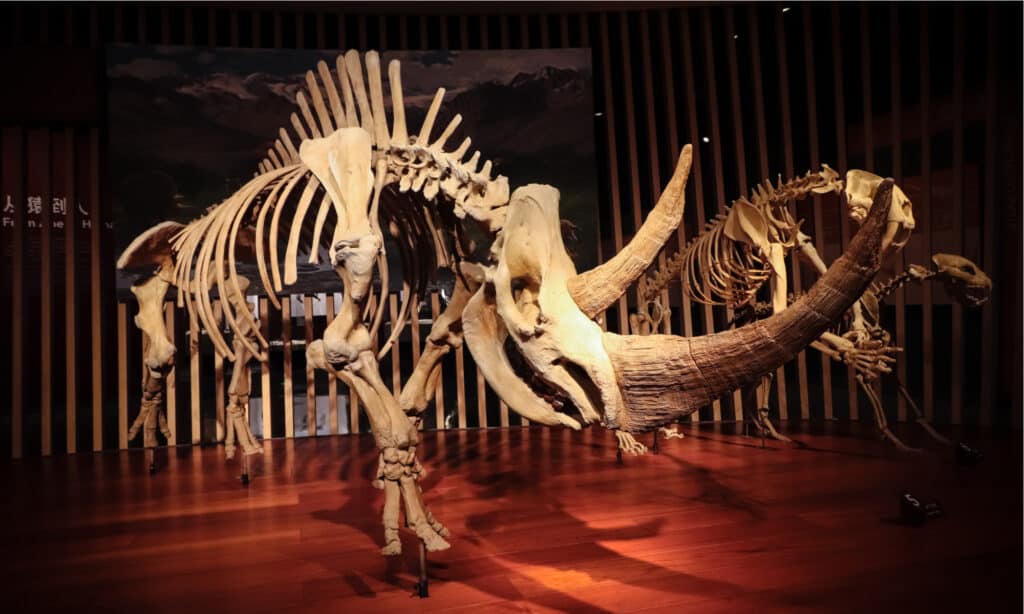
©AKKHARAT JARUSILAWONG/Shutterstock.com
One of the most important discoveries was “Sasha,” a mummified juvenile rhino whose fur and even soft tissues were preserved when she was found in Yakutia in 2014. Six years later in 2020, a completely intact rhino, around four years old at the time of its death, was discovered in the same location. The 2020 discovery is considered perhaps the best woolly rhinoceros specimen ever found, as its internal organs and even its nasal horn were intact. The oldest fossil of a woolly rhinoceros found so far was in Tibet and it dates back to over three and a half million years ago, though we know they were still alive as recently as 12,000 years ago.
Extinction
The last of these animals appears to have lived around 12,000 years ago. At this time, they were being hunted by humans and other creatures. The woolly rhinos’ fur pelts, as well as their meat would no doubt have been prized gains for Pliocene and Pleistocene era hunters and their clans. Overhunting, in addition to changing climate and habitat loss, all contributed to the extinction of this ancient beast. Their thick fur meant they were well-suited for the extreme cold of the ice age, and when the weather began to warm up again, the wooly rhinoceros couldn’t adapt. Food sources likely suffered the same fate, contributing even more to the eventual demise of the species.
Similar Animals
The closest living relative of the woolly rhinoceros is the Sumatran rhinoceros. Here are some similar ancient animals:
- Giant rhino – Paraceratherium, which lived during the Oligocene epoch about 20-30 million years ago, lacked the horn that makes true rhinos so distinctive. They stood nearly 15 feet tall at the shoulder and could weigh up to 20 tons.
- “Thin plate beast” – At a shoulder height of nine feet, Elasmotherium was not as large as the giant rhino, but it did have a horn. Although no examples of the horns survived, scientists believe the horn was massive, based not only on the rhino’s size but on the size of the hole left in Elasmotherium’s skull where the horn was attached.
- Woolly Mammoth – Although they share no common ancestry, the woolly mammoth was another massive furry creature that lived during a similar period of time and co-existed with the woolly rhinoceros. Woolly mammoths were about the same size as modern elephants, with the main distinction being their fur coat and their massive tusks.
Woolly Rhinoceros FAQs (Frequently Asked Questions)
When was the Woolly Rhinoceros Alive?
The woolly rhinoceros roamed the earth between three and a half million and 14,000 years ago, during the Pliocene and Pleistocene epochs.
How Big was Woolly Rhinoceros?
The woolly rhinoceros was between 6-9 feet tall, about 15 feet long, and weighed several thousand pounds.
Where did the Woolly Rhinoceros live
Woolly rhinoceros remains have been found in several countries in Europe and Asia.
What did the Woolly Rhinoceros eat?
The woolly rhinoceros was a herbivore who fed entirely on steppe grasses near the tundra.
Thank you for reading! Have some feedback for us? Contact the AZ Animals editorial team.
Sources
- GBIF, Available here: https://www.gbif.org/species/144098801
- Wikipedia, Available here: https://en.m.wikipedia.org/wiki/Woolly_rhinoceros
- Reading Museum , Available here: https://www.readingmuseum.org.uk/sites/default/files/downloads/Object%20Explorer%20woolly%20rhino_compressed.pdf
- Mongabay, Available here: https://news.mongabay.com/2020/11/why-did-the-woolly-rhino-go-extinct/
- Britannica, Available here: https://www.britannica.com/animal/woolly-rhinoceros
- Earth Touch News Network, Available here: https://www.earthtouchnews.com/natural-world/evolution/heres-a-line-up-of-prehistoric-beasts-from-the-rhino-family-tree/
- Syfy, Available here: https://www.syfy.com/syfy-wire/prehistoric-woolly-rhino-most-well-preserved
- Animals Time, Available here: https://animalstime.com/woolly-rhino-facts/








